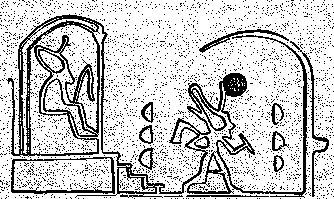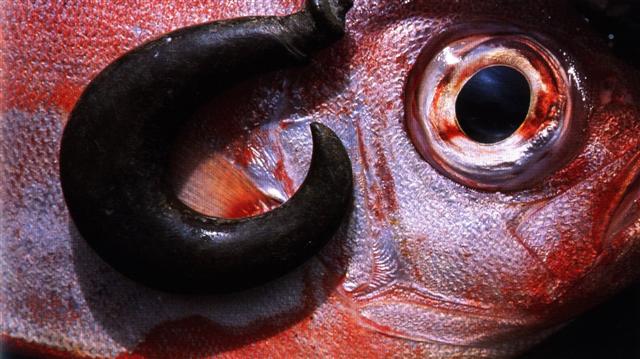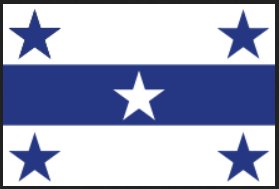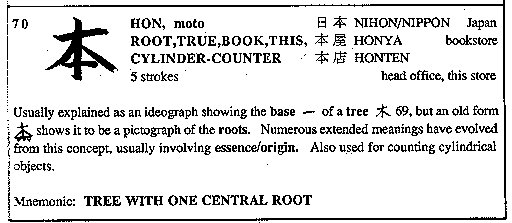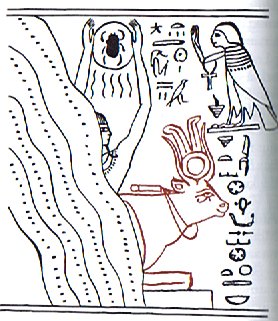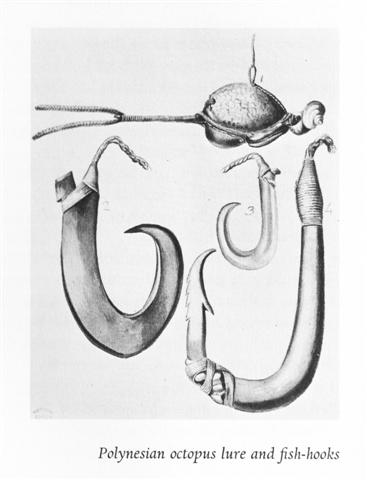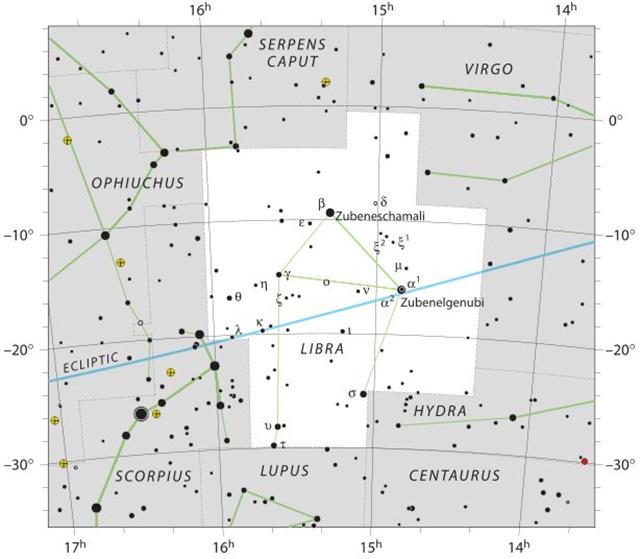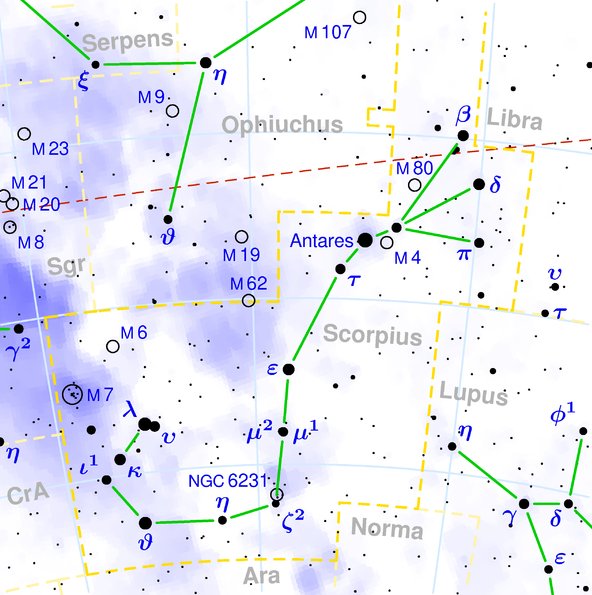152. The Scimitar of Perseus came 24 days after Sirrah - as if Alseiph was cutting up time at this place, 'cutting off the throat' (uki) of winter. 80 + *24 = 104 = April 14 (4-14 → 14 * 29½ + 1):
The symbol Φ (φ) at Alseiph resembles the icon for closing down my computer:
Here Water ended and Land was fished up. ... In later research it was postulated that the [Phoenician] alphabet is actually two complete lists, the first dealing with land agriculture and activity, and the second dealing with water, sea and fishing. The first half beginning with Alef - an ox, and ending with Lamed - a whip. The second list begins with Mem - water, and continues with Nun - fish, Samek - fish bones, Ayin - a water spring, Peh - the mouth of a well, Tsadi - to fish, Kof, Resh and Shin are the hook hole, hook head and hook teeth, known to exist from prehistoric times, and the Tav is the mark used to count the fish caught ... ... The fish came near the surface then, so that Maui's line was slack for a moment, and he shouted to it not to get tangled. But then the fish plunged down again, all the way to the bottom. And Maui had to strain, and haul away again. And at the height of all this excitement his belt worked loose, and his maro fell off and he had to kick it from his feet. He had to do the rest with nothing on [like a newborn baby]. The brothers of Maui sat trembling in the middle of the canoe, fearing for their lives. For now the water was frothing and heaving, and great hot bubbles were coming up, and steam, and Maui was chanting the incantation called Hiki, which makes heavy weights light. At length there appeared beside them the gable and thatched roof of the house of Tonganui, and not only the house, but a huge piece of the land attached to it. The brothers wailed, and beat their heads, as they saw that Maui had fished up land, Te Ika a Maui, the fish of Maui. And there were houses on it, and fires burning, and people going about their daily tasks. Then Maui hitched his line round one of the paddles laid under a pair of thwarts, and picked up his maro, and put it on again. 'Now while I'm away,' he said, 'show some common sense and don't be impatient. Don't eat food until I come back, and whatever you do don't start cutting up the fish until I have found a priest and made an offering to the gods, and completed all the necessary rites. When I get back it will be all right to cut him up, and we'll share him out equally then. What we cannot take with us will keep until we come back for it.' Maui then returned to their village. But as soon as his back was turned his brothers did the very things that he had told them not to. They began to eat food, which was a sacrilege because no portion had yet been offered to the gods. And they started to scale the fish and cut bits off it. When they did this, Maui had not yet reached the sacred place and the presence of the gods. Had he done so, all the male and female deities would have been appeased by the promise of portions of the fish, and Tangaroa would have been content. As it was they were angry, and they caused the fish of Maui to writhe and lash about like any other fish. That is the reason why this land, Aotearoa, is now so rough and mountainous and much of it so unuseful to man. Had the brothers done as Maui told them it would have lain smooth and flat, an example to the world of what good land should be. But as soon as the sun rose above the horizon the writhing fish of Maui became solid underfoot, and could not be smoothed out again. This act of Maui's, that gave our people the land on which we live, was an event next in greatness to the separation of the Sky and Earth ...
... The principal word for 'fish' in most Dravidian languages is min, which has an ancient homophone meaning 'star', both probably derivatives of the root min 'to glitter' ... Fish are actually unable to close their eyes, and the fact that 'when the fish sleeps it does not close its eyes' was noticed by ancient Indians. The dot-in-a-circle similar to that occuring among the trefoils of the Harappan priest-king's robe is identical with the eye of the many small hare- and fish-shaped amulets discovered on the lower levels of Harappa ... 26 (= 50 - 24) days after Alseiph the Summer (Sun) time should evidently begin to be counted (hia mai), marked by 'the young coconut tree' (te niu). At the beginning of time (*) there was Youth, cfr for instance Regulus (the Little King) and Ga Kope Riviva: ... He ui a Ira.ko te motu etoru.he ki a Ira.he ro korua e kau a repa e ku ketu ana te urunga.a Hau maka o to tatou matua.i hakahi mai ai kia au.ko nga kope ririva tutuu vai a te taanga.te ingoa o te motu ena etoru i nape ai e te kuhane o Hau maka. Ira saw that there were three such islets. Ira said, 'Hey you, crew of young men, the vision of Hau Maka, our father, which he revealed to me, has come true. There are 'the handsome sons of Te Taanga, who are standing in the water', for this is the name that the dream soul of Hau Maka gave them ... At the time of Hyadum II the date for Alseiph had been FEBRUARY 9 (= 300 - 260), possibly remembered by the Chorti diviners: ... On February 9 the Chorti Ah K'in, 'diviners', begin the agricultural year. Both the 260-day cycle and the solar year are used in setting dates for religious and agricultural ceremonies, especially when those rituals fall at the same time in both calendars. The ceremony begins when the diviners go to a sacred spring where they choose five stones with the proper shape and color. These stones will mark the five positions of the sacred cosmogram created by the ritual. When the stones are brought back to the ceremonial house, two diviners start the ritual by placing the stones on a table in a careful pattern that reproduces the schematic of the universe. At the same time, helpers under the table replace last year's diagram with the new one. They believe that by placing the cosmic diagram under the base of God at the center of the world they demonstrate that God dominates the universe. The priests place the stones in a very particular order. First the stone that corresponds to the sun in the eastern, sunrise position of summer solstice is set down; then the stone corresponding to the western, sunset position of the same solstice. This is followed by stones representing the western, sunset position of the winter solstice, then its eastern, sunrise position. Together these four stones form a square. They sit at the four corners of the square just as we saw in the Creation story from the Classic period and in the Popol Vuh. Finally, the center stone is placed to form the ancient five-point sign modern researchers called the quincunx ...
At the time of Betelgeuze the day number for the Scimitar would have been 20 less, i.e. coinciding with the time when the coldest day in the year had been 'decapitated'. ... There could have been 30 dark nights from 12 * 29½ = 354 (DECEMBER 20) to JANUARY 19 (on average the coldest day of the year north of the equator) ... ... At the time of rongorongo Naos could be seen close to the Full Moon in January 19 (384 = 2 * 192). And in July 19 (200 = 384 - 184) the star at the Full Moon was τ Aquilae. High up in the sky was the Eagle and far down at the opposite side was Argo Navis ...
Although the precession had moved the Sun earlier and earlier in the year the ideas connected with the figures in the night sky did not change. The Chinese used wooden clappers to alert people to the fact that summer - the 'year' of Father Light, Jus Piter, Jove, etc. who stood for Wood (Tree) - had moved back with around a quarter:
... In China, every year about the beginning of April, certain officials called Sz'hüen used of old to go about the country armed with wooden clappers. Their business was to summon the people and command them to put out every fire. This was the beginning of the season called Han-shih-tsieh, or 'eating of cold food'. For three days all household fires remained extinct as a preparation for the solemn renewal of the fire, which took place on the fifth or sixth day after the winter solstice [Sic!] ...
Counting a year ahead from Ca2-24 (50) should lead us to the same place in the night sky once more. 392 (number of glyphs on side a of the tablet) - 50 = 342 (as *342 at Situla) and 365 - 342 = 23:
Cb1-21 ( → 11 * 11) was at Zuben Elchemali (β Librae) and this glyph looks like a peculiar kind of fish-hook, possibly to indicate it was the proper time to fish up the ecliptic:
Perhaps the 'fish-hook' at the tail of the Scorpion - which once upon a time had been at autumn equinox - had been transplanted to Libra.
... In the legends of the Polynesian Islanders, notably those of the Hervey group, the stars in the Scorpion, from the two lettered μ to λ and υ [i.e., with a pair of stars at both ends], were the Fish-hook of Maui, with which that god drew up from the depths the great island Tongareva ...
|
||||||||||||||||||||||||||||||||||||||||||||||||||||||||||||||||||||||||||||||||||||||||||||||||||||||||||||||||||||||||||||||||||||||||||||||||||||||||||||||||||






